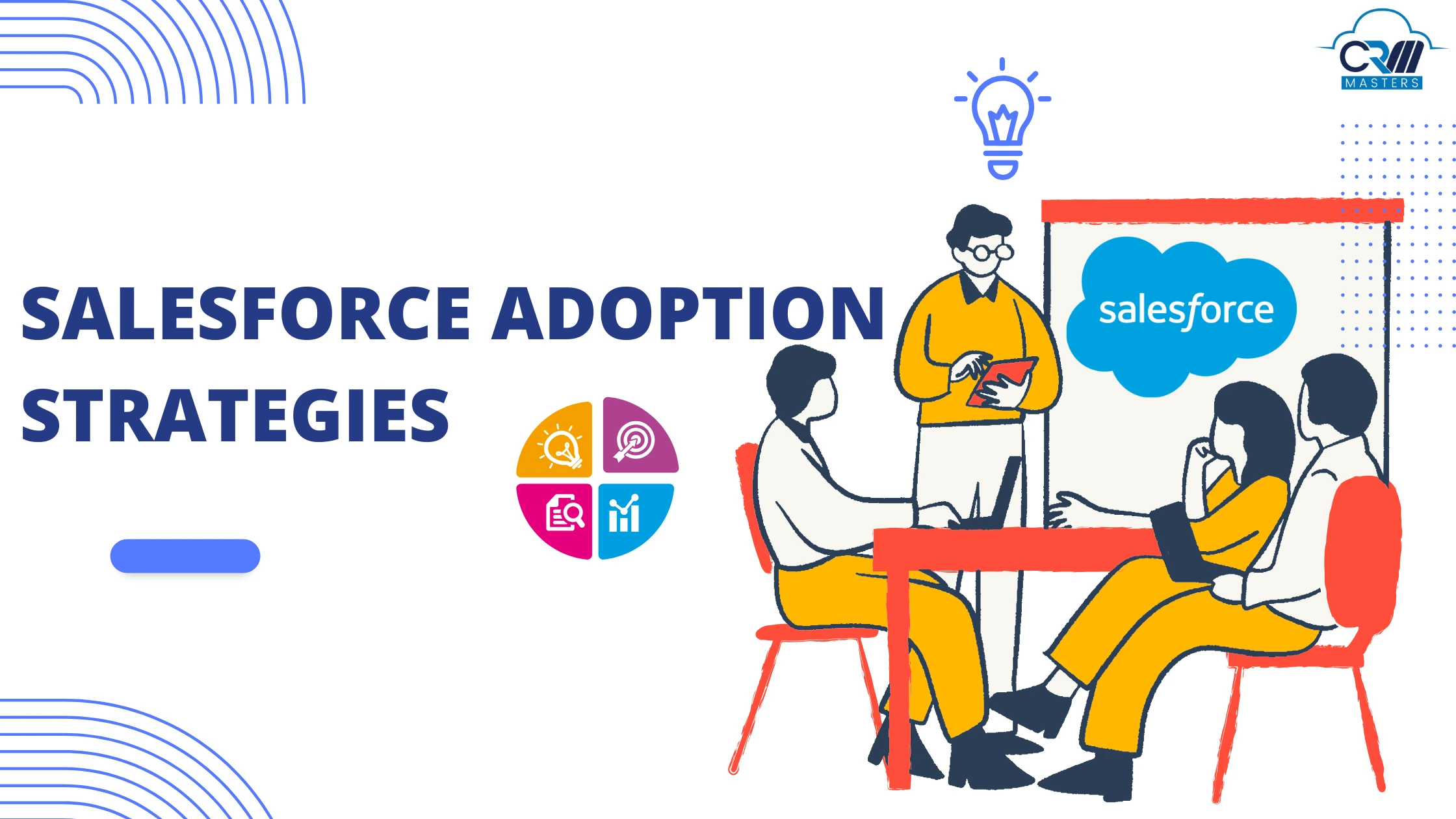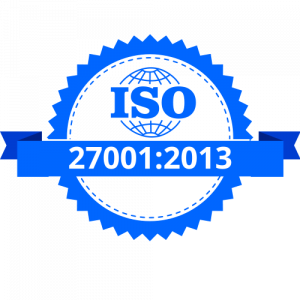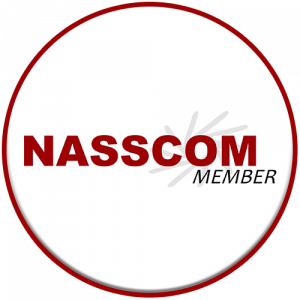
Best Salesforce Adoption Strategies to Drive ROI
Adopting Salesforce effectively can transform businesses’ operations, improve productivity, and drive substantial return on investment (ROI). Yet, achieving these benefits depends on implementing the system and ensuring that it’s integrated smoothly into daily processes and embraced by the entire team. Without a strategic adoption plan, even the best CRM software can fall short of its potential.
In this blog, we’ll explore some of the most effective Salesforce adoption strategies that can help businesses unlock value, streamline operations, and maximize their ROI.
What is Salesforce Adoption?
Salesforce Adoption refers to how deeply users utilize Salesforce in their daily activities after implementation. It measures the degree to which Salesforce has been implemented and tailored to meet the company’s specific needs. This indicates the effectiveness of Salesforce administrators and the development team in setting up and modifying Salesforce to align with the company’s distinct needs.
Companies can improve their productivity, data accuracy, customer insights, and overall business outcomes with high adoption.
Importance of Salesforce Adoption
In the current business environment, the successful implementation of Salesforce is essential for the achievement of business goals for companies that have made investments in Salesforce. Some advantages of implementing Salesforce for organizations include:
- Optimized and automated workflows
- Higher productivity and work efficiency
- Enhanced data privacy and security
- Better customer engagement
- Higher Lead Conversion rate
Why did Salesforce Adoption Fail?
Companies aiming to improve customer relationship management (CRM) and increase their business should consider Salesforce software. However, they have failed to effectively use Salesforce for their company growth. According to Salesforce, only 37% of sales professionals strongly agree that their organization fully utilizes their CRM. This section will explore why companies failed in the adoption of Salesforce.
1) Lack of Knowledge about Salesforce
One of the primary challenges organizations face when adopting Salesforce is the insufficient training and education provided to users. Salesforce is an extensive platform equipped with a wide range of features and capabilities. Without proper training, users may become overwhelmed and struggle to efficiently navigate the platform. This can lead to frustration and a failure to fully leverage Salesforce’s capabilities.
2) Insufficient customization and user experience
Salesforce’s default settings might not align with your organization’s unique processes and requirements. The limited customization options and a failed user experience could prevent users from fully leveraging the platform, resulting in reduced adoption rates.
3) Poor Data Quality
Inadequate data quality and integration can pose significant challenges when adopting Salesforce. Data that is inaccurate, incomplete, or duplicated can erode the credibility of Salesforce as a reliable information source. Furthermore, if Salesforce is not seamlessly integrated with other essential systems within your organization, such as email clients or customer support tools, it can result in fragmented data and inefficient workflows.
4) Lack of Support and leadership
The process can be impeded when top-level executives and leaders fail to visibly support Salesforce adoption efforts. Without robust sponsorship and leadership, it becomes challenging to drive change, prioritize Salesforce as a strategic initiative, and secure the necessary resources for successful implementation.
5) Tech Stack Failures
Many groups use several tools with Salesforce, which can cause problems with integration. If Salesforce doesn’t work well with other tools, it can mess up work processes and make users less likely to use the platform completely.
Also Read: What is CRM Adoption and Its Benefits
Key Strategies for Salesforce Adoption to Drive ROI
A) Gain Stakeholder Support
Including stakeholders early in the adoption process helps secure organizational buy-in and ensures that the systems meet various department needs. Engaging department heads, power users, and executive sponsors allows for gathering diverse insights that can shape how Salesforce is configured and rolled out. Stakeholder input increases a sense of ownership and fosters a collaborative environment, which ultimately supports smoother adoption. When stakeholders feel that Salesforce has been tailored to meet their unique challenges and goals, they are more likely to support the adoption process actively.
B) Establish Training Priorities

Training is central to successful Salesforce adoption. An effective training program equips users with the skills and confidence they need to use the platform effectively. Tailoring training to specific roles ensures that users learn the features and functions most relevant to their work. Beyond initial training, it’s essential to establish a support system to address questions and troubleshoot issues as they arise. Offering multiple support options, such as help desks, FAQs, and dedicated Salesforce champions within teams, reinforces learning and encourages consistent usage. Continuous support and training help users stay engaged, motivated, and capable of using Salesforce to its fullest.
C) Ensure High Data Quality
In any CRM, the quality of data is crucial, particularly in Sales force for successful adoption. Clean and accurate data guarantees reliable, business-focused reporting. Thus, it’s wise to educate users on the importance of correct and complete data entry from the beginning, as well as explore data loading techniques and custom Salesforce fields to preserve data integrity.
D) Salesforce Adoption Metrics

To ensure effective reporting on Salesforce user adoption, it’s crucial to implement feedback and adoption tracking reports. These reports will enable you to monitor the adoption process, identify specific users who may need intervention, tailor training materials as necessary, and plan future communications related to app releases.
Main indicators of effective Salesforce user engagement include the rate of user logins during certain intervals, the frequency of records being created, the number of contacts and opportunities generated, the completion of activities, and the status of tasks. Keeping an eye on these Salesforce engagement indicators helps in evaluating and improving user involvement and engagement levels over a period.
E) Provide Regular Updates
While effective and thorough training and management are crucial, there’s a risk that the team may not fully embrace Salesforce. To mitigate this, it’s essential to keep employees well-informed and communicate in a way that’s both effective and tailored to the scale and purpose of your business. Initiating a Salesforce adoption meeting early in the implementation phase is key to addressing any emerging challenges promptly. Additionally, conducting multiple trials, pilot launches, and tests throughout the process will save time, effort, and resources.
You May Also Like: All About Salesforce Flow: A Comprehensive Guide
Conclusion
The journey to maximizing ROI from Salesforce involves more than just using its tools—it requires a dedicated approach to encourage adoption across teams. By focusing on strategies like personalized training, continuous support, and aligning Salesforce capabilities with business objectives, organizations can foster a culture of efficient CRM usage. Ultimately, these strategies help you gain the way to long-term success for your business.
Need help?
CRM Master’s Infotech is a Salesforce Consulting Partner that helps you turn Salesforce into a true catalyst for your company’s future.












